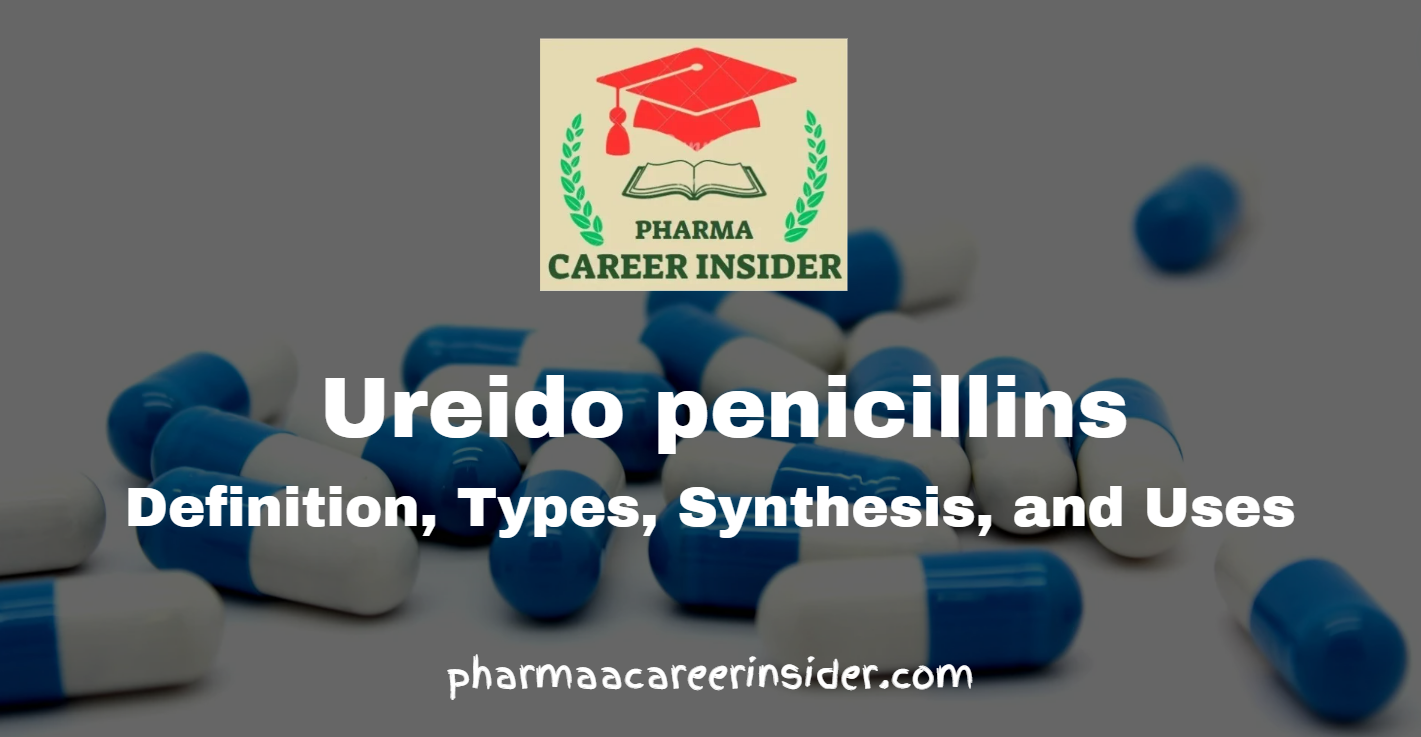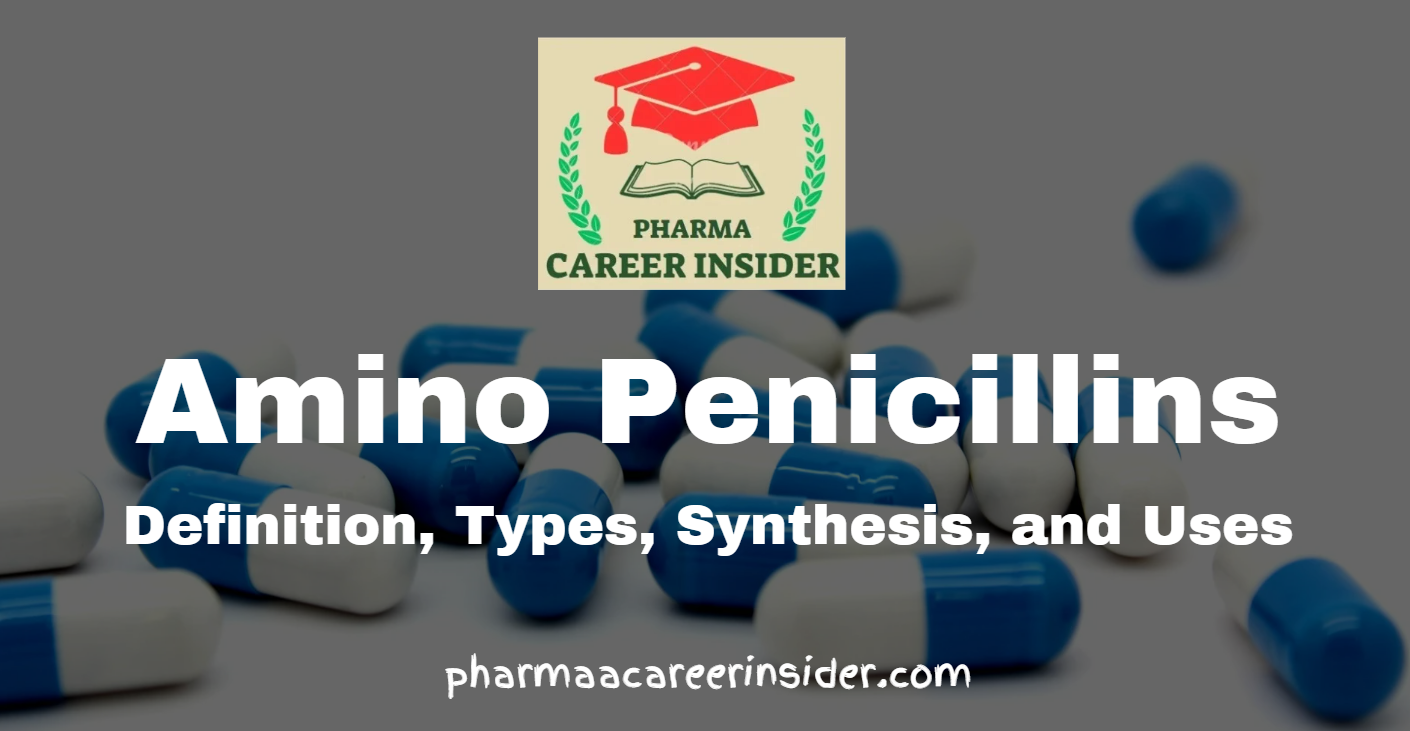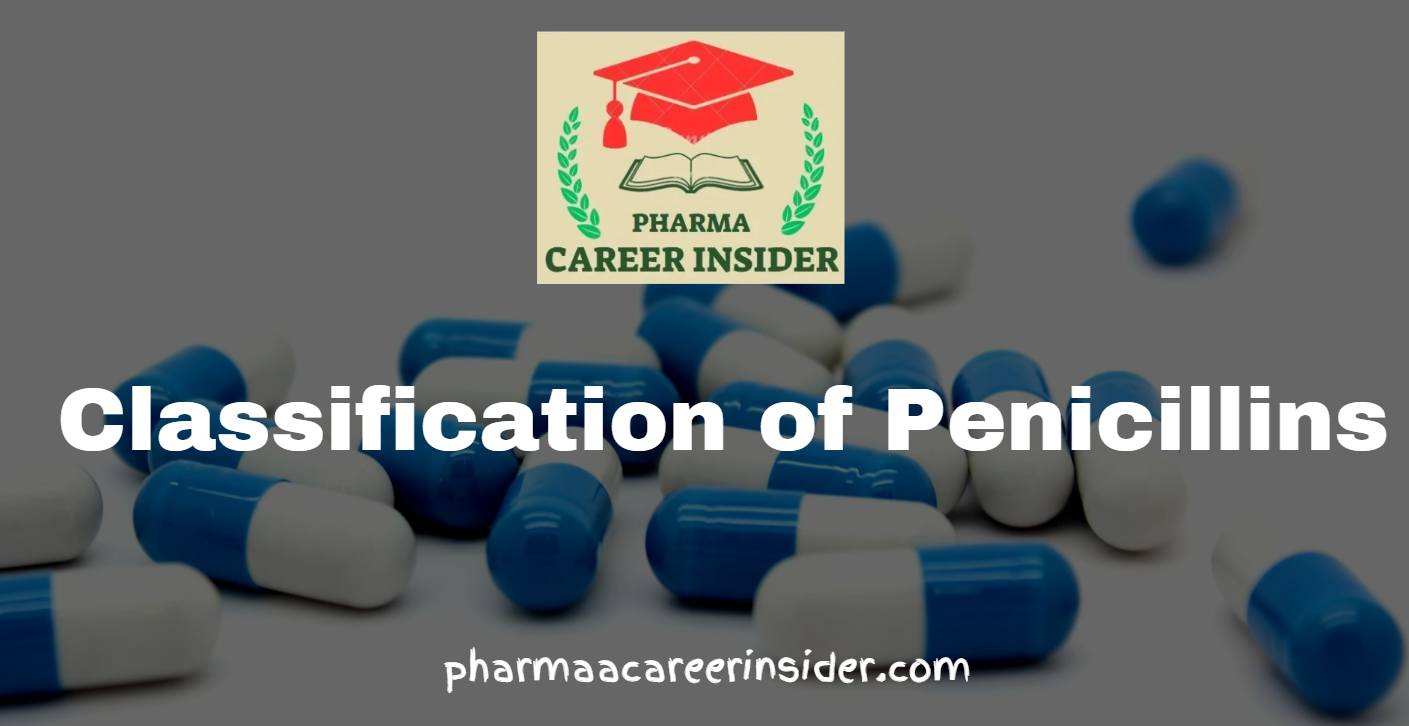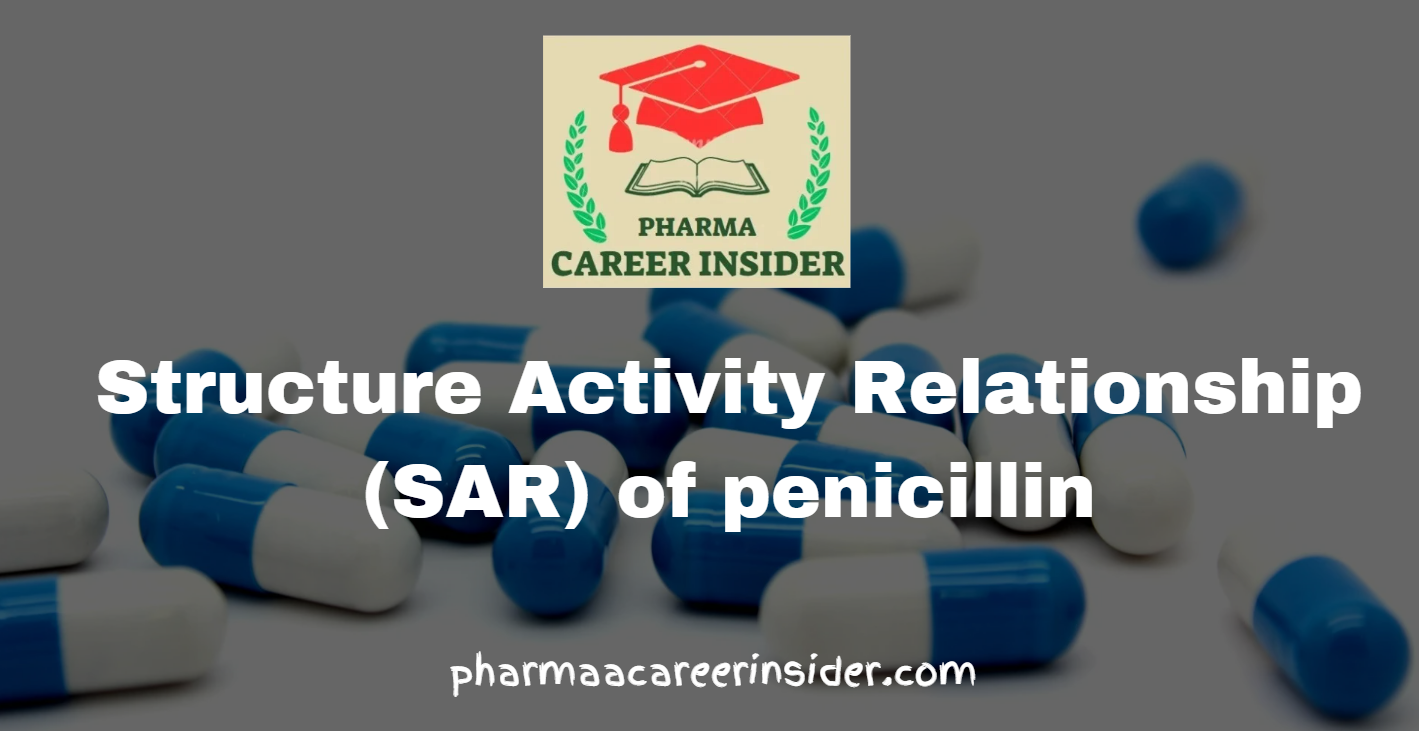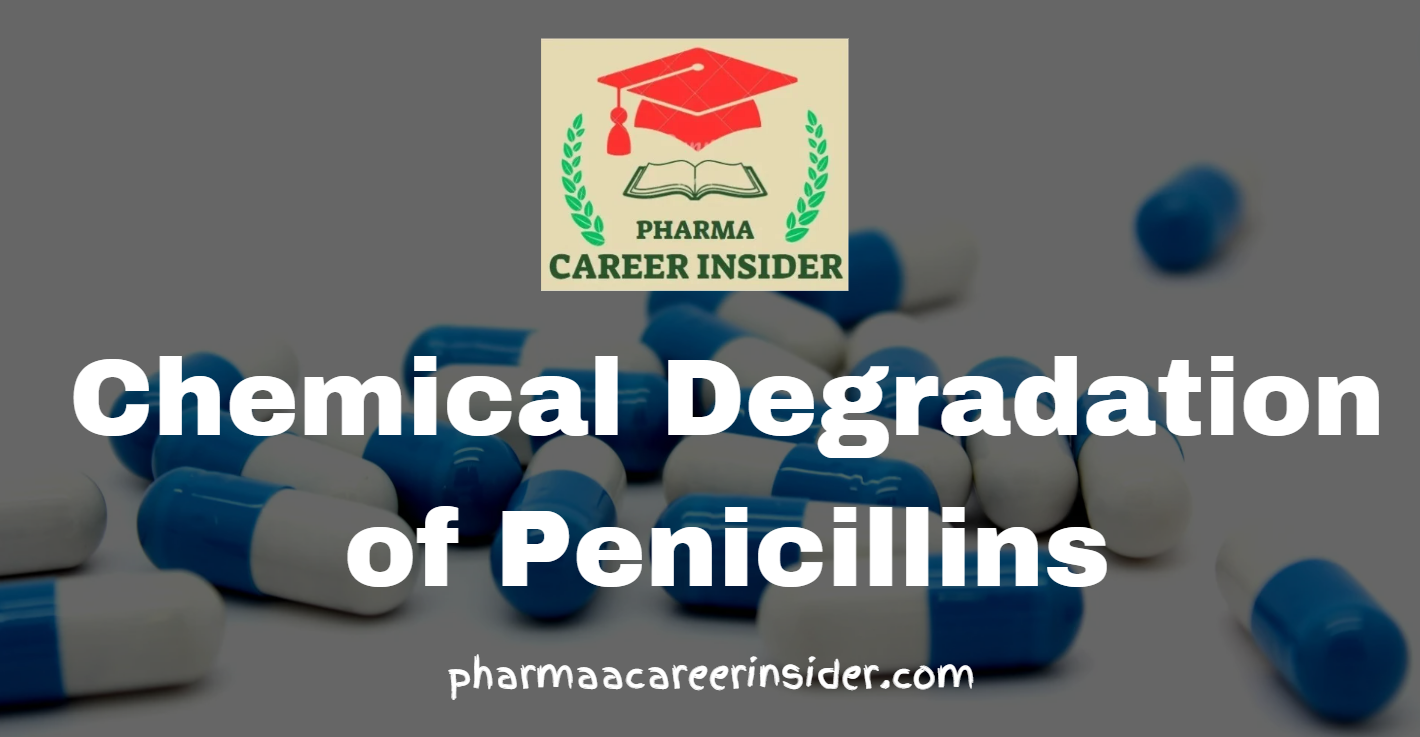Ureido penicillins: Definition, Types, Synthesis, and Uses
Ureido penicillins are a class of antibiotics that are structurally related to penicillin, distinguished by the presence of a ureido group in their chemical structure. This group includes drugs like piperacillin and mezlocillin, which possess a broader spectrum of activity than traditional penicillins, particularly against Gram-negative bacteria. Ureido penicillins inhibit bacterial cell wall synthesis by … Read more

